Search
Search For a Pest
We found 114 search results that match ""
Field Ant
- Typically make their home in fields, grassy areas, and gardens
- Their mounds are often confused for fire ants but field ants do not sting, however they will bite
- Field ants normally stay outdoors, but can be a lawn pest and a nuisance on decks and patios
Red Wasp
- Red Wasps are a specific type of paper wasp, known for the material of its nest
- One of the most commonly seen wasps since it likes to nest in or near buildings
- Nests are open and the ends of the cells are not covered with a cap
Copperhead
- Average size is between 2 and 3 feet
- Diet consists primarily of small rodents but will also eat insects and frogs
- Lives primarily in deciduous forests and mixed woodlands but will also live in pine forests and swampy regions.
Water Moccasin / Cottonmouth
- LIke all vipers, the head of the cotton mouth is angular and blunt
- Average size is between 2 feet and 4 feet, although some individuals reach up to 6 feet
- Diet consists primarily of fish and frogs
Eastern Diamondback Rattlesnake
- Average size is between 4 and 6 feet with some specimens reaching over 7 feet
- Habit is incredibly varied and includes dry pine forests, sandhills, and marshes, swamps and prairies
- Diet includes birds and mammals as large as cottontail rabbits
Timber Rattlesnake
- Most adults grow to between 3 and 5 feet long
- Has dark cross bands on its back, but some individuals are completely dark
- Found across the entire East Coast and Midwest regions of the US
Pigmy Rattlesnake
- Average length is between 16 and 24 inches
- Commonly inhabits flatwoods, mixed forests and areas near lakes and marshes
- Diet consists of small mammals, birds, insects, and other reptiles
Eastern Coral Snake
- The only venomous snake in Alabama outside of the pit viper family
- Average length is 3 feet long but some individuals can reach up to 5 feet
- Coral snakes live in the thick vegetation of forests and venture out after heavy rainfalls
Pigeons
Scorpion
- The segmented tail has a stinger used to inject its prey and attackers with venom
- Scorpions glow under black light and can be easily found in this manner
- Although scorpions look menacing, they would rather run away from a threat than sting
Dust Mite
- Extremely small mites with bodies are 0.25 millimeters long
- Dust mites are a common source of allergies and can trigger asthma
- These mites reproduce rapidly and can quickly become a significant infestation
Brown Recluse Spider
- Spins disorganized webs in sheltered locations such as basements, barns, and homes
- Brown recluses are active hunters and the web is meant as shelter and intended for catching prey
- These spiders only have three pairs of eyes instead of the normal four pairs
Roof Rat
- Despite the name, black rats can be light brown to black with smooth fur and are also known as roof rats
- Smaller and sleeker body compared to the Norway rat
- Black rats are excellent climbers and often nest in the attics of buildings
Field Crickets
- Average size is between 0.5 and 1 inches
- Most species are black but can be reddish or brown in color
- Will eat a variety of foods including grass, seeds, grasshopper eggs, and will even steal from spiders
Norway Rat
- Large rats that can weigh over a pound, are covered in brown to gray fur
- Live in underground burrows and entere homes at night in search of food
- Leave grease stains on surfaces that they run over
House Mouse
- Reproduce rapidly and can quickly infest a large home
- House mice are nocturnal and can be heard scurrying and chewing at night
- Prefers to feed on nuts and seeds but will eat any food that it finds
Deer Mouse
- Tail is distinctly two toned with a dark upper side and a light under side
- Mice's teeth never stop growing so the mice must constantly wear them down by chewing
- Deer mice have a relatively slim body and dark beady eyes
Dobsonfly
- Adult have large oversized wings and a thin body
- Males have mandibles so large that they are not usable, while the female's smaller mandibles are capable of delivering a painful bite
- Adults do not feed and aren't a threat to humans unless they pinch
Crane Fly
- A stick like body with extremely long and thin legs
- Unlike other flies, the crane fly is actually a very poor flier
American Cockroach
- These roaches are reddish-brown with a yellow band located behind the head
- Large populations can emit a "musty" odor that be used to detect an infestation
- Will eat any food that it can find, but prefers to feed on decaying matter
Boxelder Bug
- This bug is black with red lines along the sides and thorax, and flat red wings
- Adults feed almost exclusively on the seeds of Acer species
- Often confused with "stink bugs" since they will release a odorous compound when disturbed or threatened
Moles
- Extremely short and powerful front claws that are built for digging tunnels
- Burrows that are close to ground level create distinct ridges
- Due to underground lifestyle, the eyes and ears are very small and usually covered with fur
Skunks
- Skunks may have one or several stripes that may be broken into several stripes
- Skunks are omnivorous but mostly feed upon insects, small mammals, and reptiles
- Are capable of accurately spraying up to 10 feet
Raccoons
- Raccoons are well known for their masked face and striped tail
- Trash cans are a very common target for raccoons as they search out food
Opossums
- Adults are about the size of a large cat
- Omnivores that will eat almost anything that they come across
- As a marsupial they carry their young in a pouch
Eastern Red Bat
- The eastern red bat is a small bat that usually nests in trees
- Males have distinctly red fur while females are more chestnut colored
- These bats are usually solitary animals but will migrate in large flocks
Eastern Pipistrelle
- One of the smallest bats found in North America
- Often called the tricolored bat and their fur can range from yellow to red to brown
- The females form colonies that raise their young and feed together
Big Brown Bat
- Big brown bats are the largest bats found in Alabama
- Make an audible sound while hunting, similar to a click or hiss
- These bats commonly make their nests in attics and protected eaves
Drain Fly
- When resting, the wings are folding over the body in a roof-like manner
- These flies breed very rapidly going through an entire generation in as short of a period as a week
- These flies are an indication that there is a clogged or slow drain in the house
Smooth Earth Snake
- Adults are usually 7-10 inches long
- Diet consists primarily of earthworms
- Has smooth scales and a pointed snout
Rough Earth Snake
- Average size is between 7 and 10 inches.
- Diet consists primarily of earthworms and arthropods
- Has rough scales and a pointed head
Eastern Garter Snake
- Average length of 2 feet with some individuals growing up to 4 feet
- Markings include stripes that run the length of the body
- Most garter snakes release a foul smell when harmed or threatened
Brown Water Snake
- Average size is between 30 and 60 inches
- Are often confused for Water Moccasins
- Commonly found basking on tree branches over the water
Rough Green Snake
- Average snakes grow to less than 4 feet and have a very thin body
- Diet consists mostly of insects but tree frogs are eaten as well
- Rough Green Snakes are common in urban developments with adequate vegetation
Rat Snake
- Medium bodied snake that average between 4 to 6 feet
- Produce a foul odor if attacked by a predator to act as a deterrent
- Rat Snakes are excellent swimmers although they prefer dry environments where their prey lives
Corn Snake
- Average size is between 4 and 6 feet
- Often kept as pets because of their docile nature and color patterns
- Can be found in basements and buildings near open field and forests
Ring-Necked Snake
- When threatened this snake will curl up and display its colorful underbelly
- Diet consists mostly of small amphibians and worms
- Average length is only 10 to 15 inches and medium bodied
Black Racer
- Average length is between 2 and 5 feet
- Will feed on any animal that it can overpower, such as rodents, small birds, insects and smaller snakes
- Are extremely comfortable and common in suburban envrionments
Scarlet Snake
- The species is nocturnal and usually hides under dead leaves so is not commonly seen by humans
- Average length is between 14 to 26 inches
- Diet consists of lizards, small rodents, and other snakes
Worm Snake
- Can release a foul odor when threatened or disturbed
- Average length is less than 14 inches
- Almost exclusively eats earthworms but will also eat slugs, snails, and insect larvae
Thrips
- Very small insects between 0.5 to 5 mm long
- Some species have wings while others are flightless
Leaffooted Bug
- These large bugs feed on vegetables, fruits, and other plants
- They are not known to cause damage and do not bite humans
Kissing Bug
- Feed on blood that is usually taken from the victims face
- These bugs are attracted to lights and are sometimes found flying around porch lights
- Bites do not normally cause a reaction and may be confused with other skin irritations
Stink Bug
- Most stink bugs prefer to be outdoors where they can feed on plants and fruit
- The smell of a stink bug can be difficult to remove and may linger for several days
- These bugs are originally from Asia and are considered an invasive species
Head Lice
- These small parasites live in the hair on a human's head and feed on their host's blood
- Lice can not survive off of the human body for very long, but can easily spread through hats or combs
- The eggs are known as nits, and this is where we get the phrase "nit-picking"
Camel Crickets
- The extremely long antennae are used to navigate dark spaces
- The camel cricket is completely harmless but may jump towards objects that it perceives as threats
- These crickets do not normally invade homes and indicate large entryways that are not sealed
Mole Crickets
- Shares many characteristics with the true mole such as powerful digging claws
- Mole crickets are powerful fliers but lack agility and are unable to fly long distances
- These crickets can damage lawns with their tunnels and by feeding on roots
House Crickets
- Are often raised as food for pets such as reptiles, amphibians, and birds
- Yellowish-brown body with three dark stripes across the head
- In order to attract females, Males chirp by rubbing their hind legs together
Clover Mite
- These mites are colored reddish brown, while eggs and young mites are bright red
- Primarily feed on clover and other plants
- Attracted to sunny area and will congregate in these spots
Indian Meal Moth
- These moths are the most common pest of stored food
- Easily identified by their bi-colored wings
- The adults lay their eggs in food that the larvae eats upon hatching
Mediterranean Flour Moth
- These moths are pests of dry food products such as cereal and flour
- The adult moths don't eat but instead lay eggs within the food
Earwigs
- Despite urban legends, these insects do not burrow into people's ears to lay their eggs
- Most earwigs have small wings but are very poor fliers and can only manage short distances at a time
- Earwigs release pheromones which causes them to gather in large numbers
American Spider Beetle
- The wing covers make the beetle look "humped" like a spider, hence the name
- These beetles ruin more food with their droppings and their larvae's web then they do by eating
- An extremely hardy beetle, the American spider beetle can go without water for seven years and will remain in "suspended animation" when food is rare
Sawtoothed Grain Beetles
- The sawtooth name come from the tiny projections behind the head that create a saw like appearance
- These beetles may lay dormant over the window, only to reemerge in the spring
- These beetles usually require chemical treatment to remove effectively
Plaster Beetles
- Extremely small with body lengths between 1 and 3 millimeters
- Bodies range from reddish brown to yellowish brown with some individuals being almost black
- Finding these bugs is usually a sign of a much larger moisture problem that will attract all types of pests
Larder Beetles
- These beetles can infest so many areas that it can be difficult to eliminate them completly
- Larder beetles will feed not only on stored foods but leather, feathers and other natural fibers
- Storing foods securely and maintaining a clean environment will help but often chemical sprays are neccesary
Japanese Beetles
- They feed on the leaf material between the veins leaving behind leaves that are skeletonized
- These beetles will rarely enter the home and prefer to remain in gardens and other vegetation
- The larvae is capable of causing almost as much damage as the adult and should be controlled as well
Flour Beetles
- Colors range from a reddish brown to black and adults are only 3 to 4 mm long
- Some species are better fliers than others, but the most common species are poor fliers and rarely do so
- Contaminated flour will become discolored and will smell foul
Drugstore Beetle
- These beetles are very similar to the cigarette beetle but are slightly larger, up to 3.5 millimeters
- These beetles are fairly active and the adults can sometimes be seen flying around
- The adults have a humped appearance and are brown in color
Dried Fruit Beetles
- The beetle is black with short wing covers that leave the abdomen exposed and have two amber-colored spots on them
- Primary food source is fruit but will also feed on sap from plantlife
- Common sources of contamination is fruit that has fallen on the ground
Cigarette Beetles
- Small beetles between 2 and 3 millimeters long and colored dark brown
- Very similar in appearance to drugstore beetle and the furniture beetle
- These beetles can reproduce quickly and multiple generations are possible in a single year
Lady Beetles
- Lady beetles can bite but do not cause any harm to humans
- They lay their eggs on leaves so infestations are not usually prolonged
- Sighting these beetles indoors is a clear indication that other pests are able to enter your home as well
Dog Fleas
- Less common in America than cat fleas
- A common sign is pets that are consistently scratching
- Fleas eggs can survive off of their host and must be removed to truly eradicate an infestation
Dog Tick
- Most commonly found on dogs but will attach to any large mammal
- Common vector of the Rocky Mountain spotted fever and canine tick paralysis
- A tick that has been feeding will look drastically different from an unfed tick
Deer Tick
- The deer tick is the primary spreader of Lyme disease in America
- Ticks have fed look drastically different from ticks that have not fed yet
- Feeds on a variety of mammals and birds, not just deer
Black Widow Spider
- The female's body is shiny black with a distinctive red hourglass shape on the bottom side of its large abdomen
- Black widows spin messy, irregular webs near the ground in order to trap its prey
- The venom is a neurotoxin and can be very painful but fatalities are low, especially with current antivenom
Wolf Spider
- Large spider with many individual's bodies over an inch long
- Wolf spiders do not spin webs but instead live in burrows where they wait for prey
- Have excellent eyesight, which they use to hunt
Common House Spider
- Usually dull brown in color with darker chevron-shaped markings
- Build tangled webs in small, secluded areas of your home
- Diet consists of small insects such as flies, ants, wasps, and mosquitoes
Cellar Spider
- Spiders are typically brown with extremely long legs
- Can not survive outside during cold weather
- Will shake their web violently when threatened
Garden Spiders
- Large black bodies with yellow markings
- Webs have a distinct, zigzag portion of the web in the middle that is very dense and noticeable
- These spiders can shake their webs to entrap prey or prevent predators from attacking
Tarantula
- Tarantulas are among the largest spiders known, some are even able to prey on small birds and mice
- These spiders do not spin webs and spend most of their lives on the ground or trees
- In the Americas, tarantulas are covered with irritable hairs
Spinybacked Orb Weaver Spider
- A short flat body with colorful spines sticking out
- Spin large orb webs that they remove and rebuild daily
- Are sometimes confused with crab spiders because of their body shape
Cat Fleas
- Cat fleas are the most common fleas found on Earth
- Cat fleas are not specific to cats but will live on any furry mammal
- A common sign is constant scratching by pets
Mosquitoes
- Only the females feed on blood and only to gather protein to help produce eggs
- Larvae can be identified swimming on the surface of stagnant pools of water
- Mosquitoes are most common during the evening and can desiccate in the afternoon sun
Fruit Fly
- Fruit flies breed so rapidly that they are often used for scientific research to study genetics over multiple generations in a short period
- These flies are only 3 to 4 millimeters and most have red eyes and a tan thorax
- Populations tend to grow during the summer outdoors, but indoors populations stay high year round
House Fly
- House flies are usually grey with four black stripes on its back
- The eyes of the house fly are incredibly complex and have a wide range of vision
- The presence of house flies can indicate that your home is not properly sealed against insects and other pests
Gnat
- These tiny flies are incredibly weak fliers and fly in sporadic pattens
- Despite their small size, gnats can be dangerous because of diseases that they carry
- Some gnats eat agricultural pests and are excellent pollinaters
Blow Fly
- Blow flies have a metallic appearance and their antennae have feathery ends
- These flies can smell the flesh of a dead animal from almost a mile away
- Blow flies act as pollinators for some plants that release a smell that is very similar to rotting flesh
Phorid Humpbacked Fly
- Closely resemble the fruit fly, but the body has a distinct humped back when viewed from the side
- Are particularly fond of decaying animals as a site to lay their eggs
- Are poor fliers and will often run and can be identified by their erratic flight
Dampwood Termite
- Relatively large termites, soldiers can be over 2 centimeters and have very large heads
- Build their nests within the wood they are feeding on instead of underground
- There is no worker class in these colonies
Drywood Termite
- Live and feed on dry wood such as that found in attics
- Can be identified by their feces which looks like small hexagonal pellets
- These termites do not require underground nests and are much harder to detect
Formosan Termite
- Create massive colonies that can quickly devastate a structure
- Soldiers release a milky white substance when threatened
Subterranean Termite
- Live underground to preserve moisture
- Subterranean are the most common and widespread termite in America
Oriental Roach
- Is one of the few cockroaches that are incapable of flight
- Like many roaches, large populations can emit a musty odor
- Oriental roaches are typically shiny black but can vary
Sugar Ant
- Thief ants are incredibly small with workers only 2mm long
- Their primary food source is stealing from other ants
- Small colonies that nest indoors in small crevices, woodwork and masonry
Pavement Ant
- These ants often attack other colonies, with large battles taking place on sidewalks leaving many dead ants
- Outdoors, they nest under rocks and within cracks of pavement. Indoors they nest within walls and under floors
- Small to medium workers, approximately 3 millimeters long
Fire Ant
- Infamous for their painful sting and aggressive nature
- Dig distinctive sandy mounds that are especially noticeable after rain
- Colonies can be as large as 500,000 individuals
Carpenter Ant
- These are the largest ants found in Alabama
- Carpenter ants do not eat wood but burrow into wood to build their nests
- Colonies can be broken up into satellite colonies that are separate from the parent colony
Pharaoh Ant
- Very small ants with workers about 2 millimeters long
- Infest homes over the winter to avoid cold weather and survive well indoors
- If a colony is disturbed the population will spread and create multiple colonies
Odorous Ants
- Create large colonies, up to 100,000 ants, and multiple colonies are known to live in close proximity
- Workers release a rotten coconut like smell when crushed
- Usually invade homes when populations are large and heavy rain washes away their food sources
Harvester Ant
- Workers are different sizes and the larger workers have disproportionally large heads
- Prefers to nest in sand, sandy soil, or gravel
- Harvesters are named for their habit of collecting seeds and storing the food for winter
Fox Squirrel
- Largest of all the tree squirrels, they also spend more time on the ground compared to other tree squirrels
- Are most active during the day and prefer to nest during the night
- Insulation within attics and garages closely mimic the squirrels preferred nest of tree cavities
Gray Squirrel
- Slightly smaller than fox squirrels but larger than red squirrels
- Eats primarily seeds and nuts but has been known to eat insects, frogs and even other squirrels on rare occasions
Woodchuck
- Short stocky bodies, these ground squirrels prefer to live in burrows that they dig
- Prefers to eat grasses, alfalfa, and clover. They can destroy a garden in just one or two nights
Webbing Clothes Moth
- The caterpillars feed on natural clothing, especially wool
- These moths are usually much smaller than food infesting moths
- Finding dead moths in a closet is a sure sign that your clothes are at risk
Millipedes
- Despite their name, no millipede is known to have 1,000 legs
- Millipedes range in size from 2 millimeters to over 11 inches
- Most millipedes feed on decaying plant matter but some species prey on earthworms and small insects
Bed Bug
- Bed bugs feed exclusively on blood
- These parasites are notorious for how easy they spread through luggage and bedding
- Bed Bugs are difficult to get rid off and infestations can reappear many times
Bumble Bee
- Bumblebees can de distinguished from other hairy breeds by the hind leg which has a concave surface that is used to transport pollen from plant to plant
- Mature colonies will often consist of less than 50 individuals
- Bumblebees are often a beneficial insect that pollinate many important plants and combined with their docile nature are often allowed to live on in proximity to humans
Honey Bee
- Honey bees are rarely aggressive and are usually not a danger to humans, unlike the Africanized honey bee
- Create hives with honeycombs that are made out of wax to hold honey over the winter
- Honey bees are often raised, fed, and maintained by beekeepers for their honey and their pollination services
Africanized Honey Bee
- Produce much less honey than European honey bees and require warmer environments
- These bees are known to take over existing honey bee hives and establish their own queen
- Much more likely to live underground than European honey bees
Yellow Jackets
- Yellow jackets are characterized by the rapid, side to side flight
- Adult yellow jackets prefer to eat sugars such as fruit and nectar but will gather meat and insects for larvae who prefer protein
- Yellow jackets tend to nest underground but any cavity that it finds will do such as a tree hollow or attic
Paper Wasps
- Sometimes called umbrella wasps due to the shape of their hives
- Paper wasps recognize each other's faces in a manner that is comparable to humans and chimps
- The nests are typically made from dead wood mixed with saliva to create a paper like substance
Mud Dauber
- Mud Daubers have extremely narrow and elongated waists
- The wasps are not aggressive and stings are very uncommon
- Mud daubers build simple nests using mud instead of paper
Hornets
- The European wasp is the most common wasp found in Alabama
- Hornet stings are more painful than a typical wasp sting because of the large amount of acetylcholine
- Hornets feed almost exclusively on other insects
Carpenter Bee
- These bees are somewhat deterred by wood that is stained or painted although this solution is not 100% effective
- Unlike termites, carpenter bees do not eat wood. They push the wood particles out of the hole or use them to create partitions within the hole
- Carpenter bees can cause large amounts of damage in just a short period since many individuals will nest near each other and expand existing nests
Citronella Ants
- These ants release a strong lemon smell when they are crushed
- A type of moisture ants, these ants are attracted to area with high moisture
- Workers are yellow and about 4 millimeters long
Acrobat Ant
- When viewed from above, the abdomen is shaped like a heart
- When threatened, these ants lift their abdomen above their head
- Many species of acrobat ants release a foul smell when disturbed
Argentine Ant
- These ants vary from light brown to dark brown
- They create massive colonies with multiple queens all living together
- Will occasionally raise colonies of aphids in order to feed on their honeydew
Ground Spiders
- Most species have larger, barrel-shaped spinnerets that are seperated
- Some species mimic ants and wave their front legs around to look like antennae
- Are active hunters of insects but only during the night
Jumping Spiders
- Very developed and prominent eyes
- Extremely agile and fast spiders, they often leap great distances to attack their prey
- Typically have dark and dull colorations
Crab Spiders
- Venom is not dangerous to humans although it can cause redness and swelling
- Some species are able to change their color over a period of a few days
- If found within the home, they can indicate large gaps to the outside and a secondary pest infestation
Smokybrown Cockroach
- Are rarely seen during the day and prefer moist areas
- As with all roaches, sighting a single smokybrown cockroach means that they are hundreds that you can't see
- Among the best fliers of all cockroaches
German Cockroach
- German cockroaches have wings but are very poor fliers and before to run
- Can secrete odorous secretions large populations are sometimes detecting by a "musty" odor
- Most often found in kitchens and bathrooms but can also survive anywhere with proper humidity and food
Brown-Banded Cockroach
- Their droppings are often noticed as black smears on crown molding, light fixtures and pictures mounted high on the wall
- A single roach usually indicates a much larger infestation
- This cockroach has two light-colored bands across the abdomen and wings





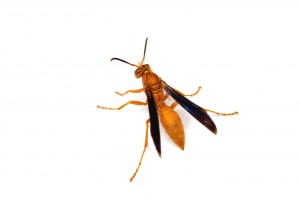
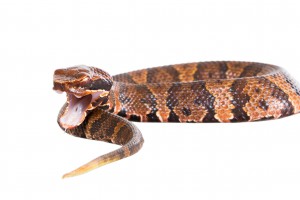
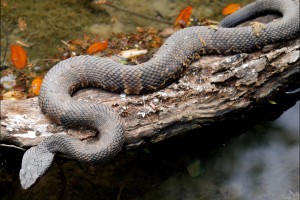




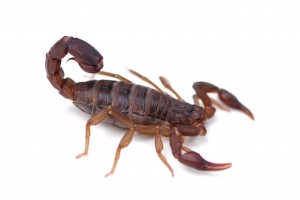











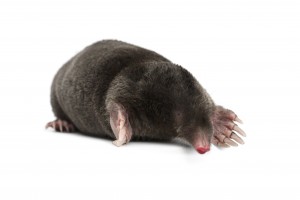

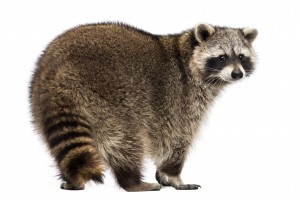

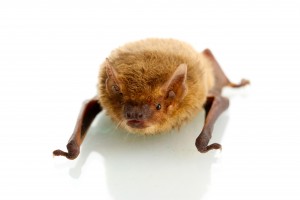
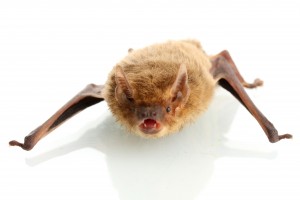

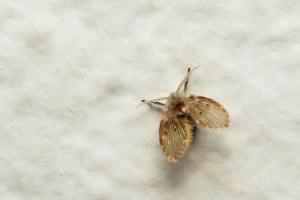

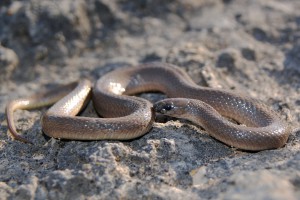
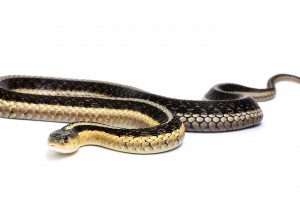
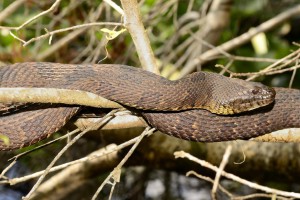
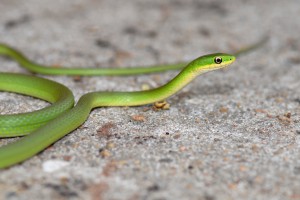

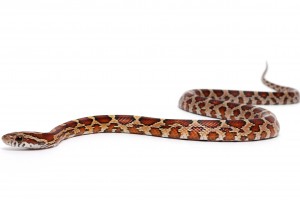




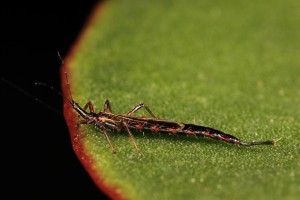





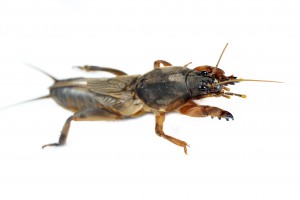



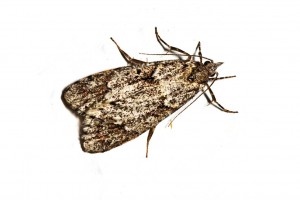





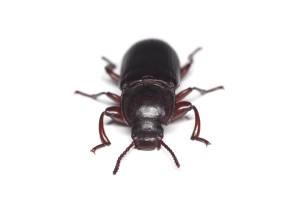

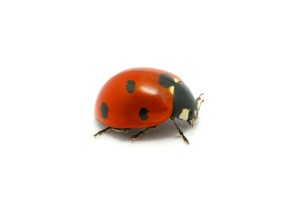
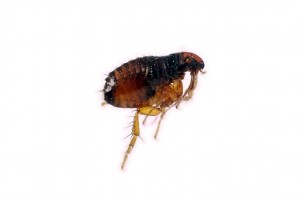
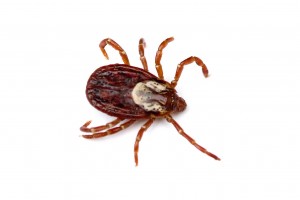
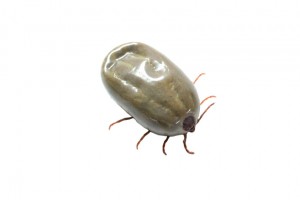
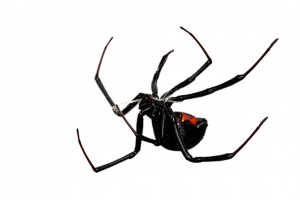



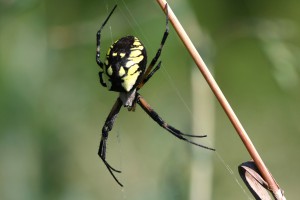

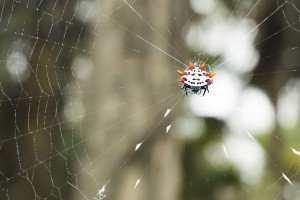


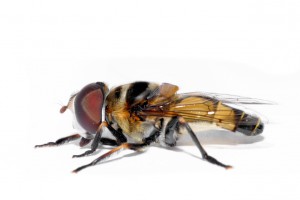
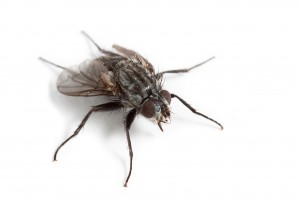

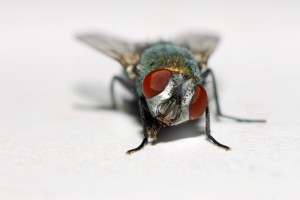
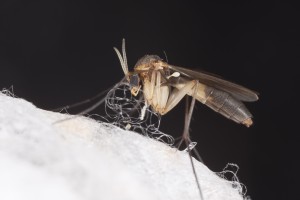

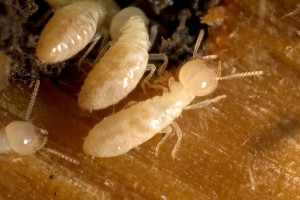




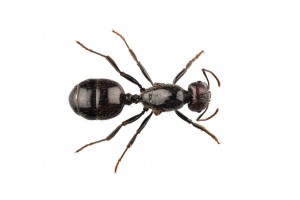
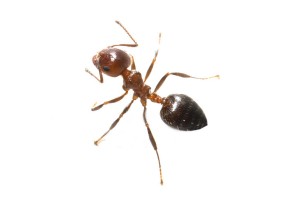
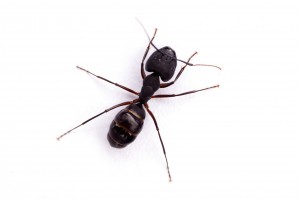
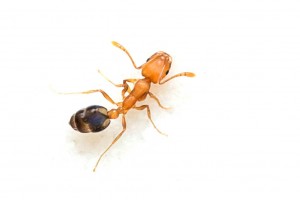

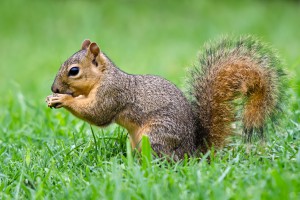
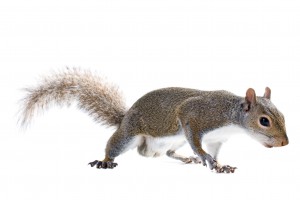
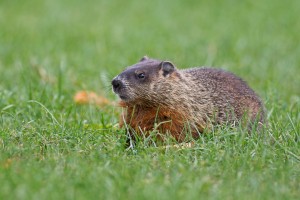
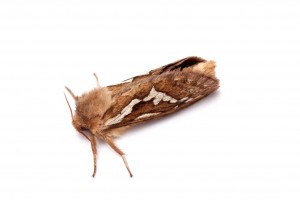

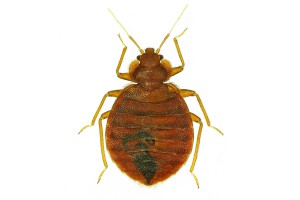
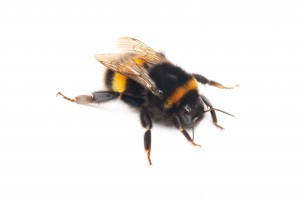
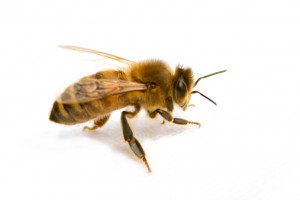





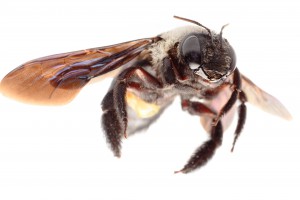


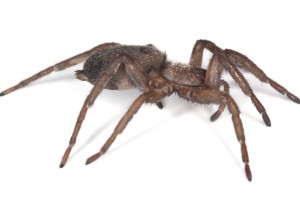




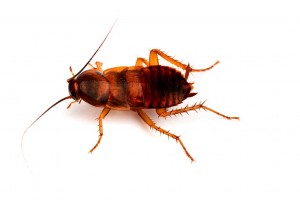
 (205) 970-0577
(205) 970-0577